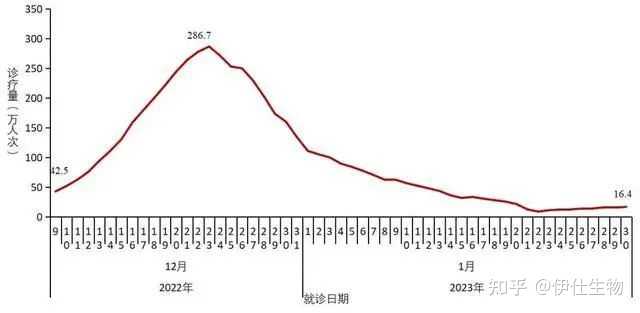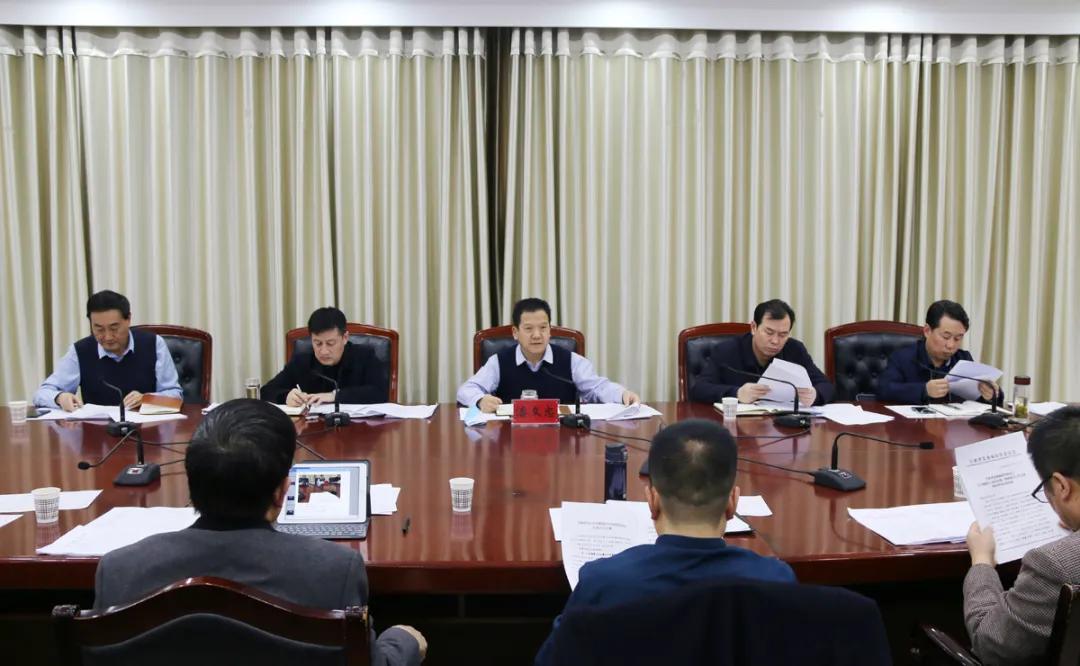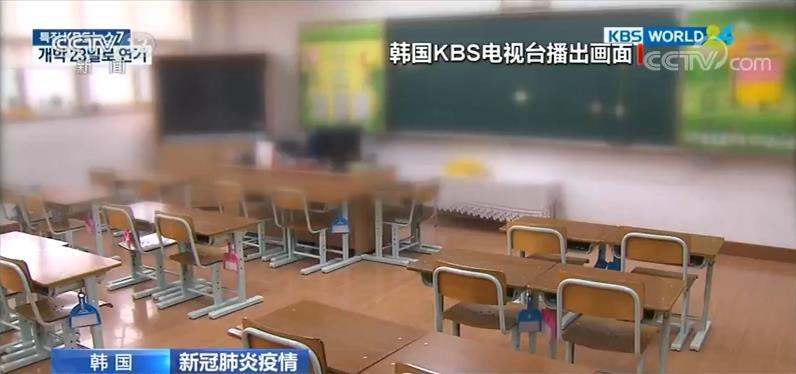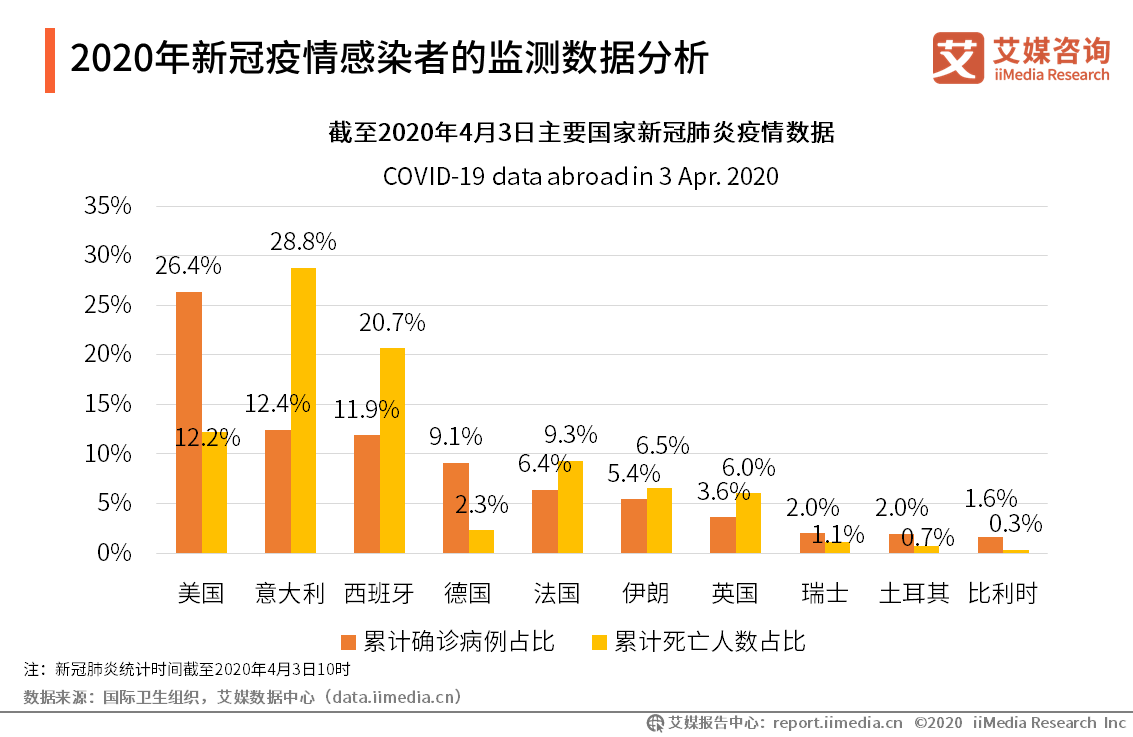Chinas COVID-19 Pandemic Response: A Story of Unity and Resilience
In the early days of 2020, the world was thrown into uncertainty as a novel coronavirus, later named SARS-CoV-2, emerged from China's Wuhan city, sparking a global pandemic that would redefine the course of human history. This unprecedented challenge tested the mettle of nations across the globe, but China's response stands out as a testament to resilience, solidarity, and scientific rigor. This article explores the various facets of China's COVID-19 response, highlighting the stories of bravery, innovation, and compassion that have defined this global crisis.
The Early Days: Identification and Containment
On January 20, 2020, the World Health Organization (WHO) was informed of a cluster of pneumonia cases in Wuhan, which would later be confirmed as the initial outbreak of COVID-19. Within days, China's National Health Commission initiated a series of measures to investigate and contain the virus. The city of Wuhan was put on lockdown on January 23, a bold and unprecedented decision that would limit the spread of the virus but also impose significant economic and social hardships on its citizens.
The Story of Zhang Jixian:
Zhang Jixian, a 73-year-old retiree living in Wuhan, exemplifies the resilience of the Chinese people during this trying time. When the lockdown was announced, she volunteered to help distribute food and medicine to her neighbors, many of whom were elderly or sick. Despite the risks, her selflessness and dedication inspired others to join her efforts, transforming their small community into a model of mutual aid and support.
The National Effort: A Coordinated Response
China's response to the pandemic was a collaborative effort involving multiple government agencies, private sector partnerships, and a highly engaged public. The government quickly established a national health emergency response system, deploying resources and personnel to affected areas.
The Role of AI and Big Data:
One of the standout features of China's response was its use of technology to enhance contact tracing and surveillance. AI-powered algorithms analyzed vast amounts of data to identify potential cases and hotspots, while big data platforms facilitated real-time information sharing between healthcare providers and authorities. This digital infrastructure played a crucial role in containing the virus's spread.

The Story of Li Wenliang:
Li Wenliang, a medical intern at Wuhan Central Hospital, was an early whistleblower about the outbreak. Despite facing censorship and temporary social media bans, he continued to share information about the virus's spread. His bravery earned him international recognition and inspired others to speak out against misinformation and disinformation.
Scientific Innovation: Research and Development
China's scientific community played a pivotal role in understanding the virus and developing effective treatments. Within weeks of the outbreak, researchers isolated the virus and began testing potential vaccines and therapies.
The Story of Dr. Chen Wei:
Dr. Chen Wei, a virologist at the Wuhan Institute of Virology, led a team that sequenced the genome of the novel coronavirus. Their work provided crucial insights into the virus's structure and helped inform diagnostic tests and treatment protocols worldwide.
Vaccine Development:

China became one of the first countries to approve a COVID-19 vaccine, developed by Sinovac Biotech. The speed at which this vaccine was developed and deployed was a testament to China's commitment to science and public health. While some questioned the haste in approving the vaccine, rigorous clinical trials and ongoing monitoring have since shown its effectiveness and safety.
Community Engagement: Grassroots Efforts
Beyond government initiatives, communities across China rallied together to support one another during the pandemic. From donating masks to producing hand sanitizers, ordinary citizens played a vital role in mitigating the impact of the virus.
The Story of Ma Jianwei:
Ma Jianwei, a farmer from rural China, turned his home into a makeshift quarantine center for over 100 villagers who had returned from Wuhan. He provided food, medicine, and emotional support, ensuring that his community remained safe despite the risks posed by potential virus carriers.
Global Cooperation: Sharing Knowledge and Resources
Despite its own challenges, China has been an active participant in global efforts to combat COVID-19. It has shared information about the virus, provided medical supplies to other countries, and supported international research initiatives.

The Story of China's Aid to Italy:
In early 2020, as Italy grappled with its own surge in cases, China sent medical supplies and experts to help Italy's healthcare system cope with the pandemic. These efforts not only provided critical assistance but also fostered mutual understanding and cooperation between nations facing a common enemy.
Conclusion: A Resilient Nation
China's response to COVID-19 is a testament to its ability to adapt and innovate in the face of adversity. From its swift identification of the virus to its coordinated national effort and scientific breakthroughs, China has demonstrated remarkable resilience and solidarity. While challenges remain, China's story serves as a reminder that through unity, science, and compassion, humanity can overcome even the most daunting obstacles. As we continue to navigate this global pandemic, China's example provides hope for a brighter future where cooperation and empathy guide us towards a more resilient world.
发表评论




暂时没有评论,来抢沙发吧~